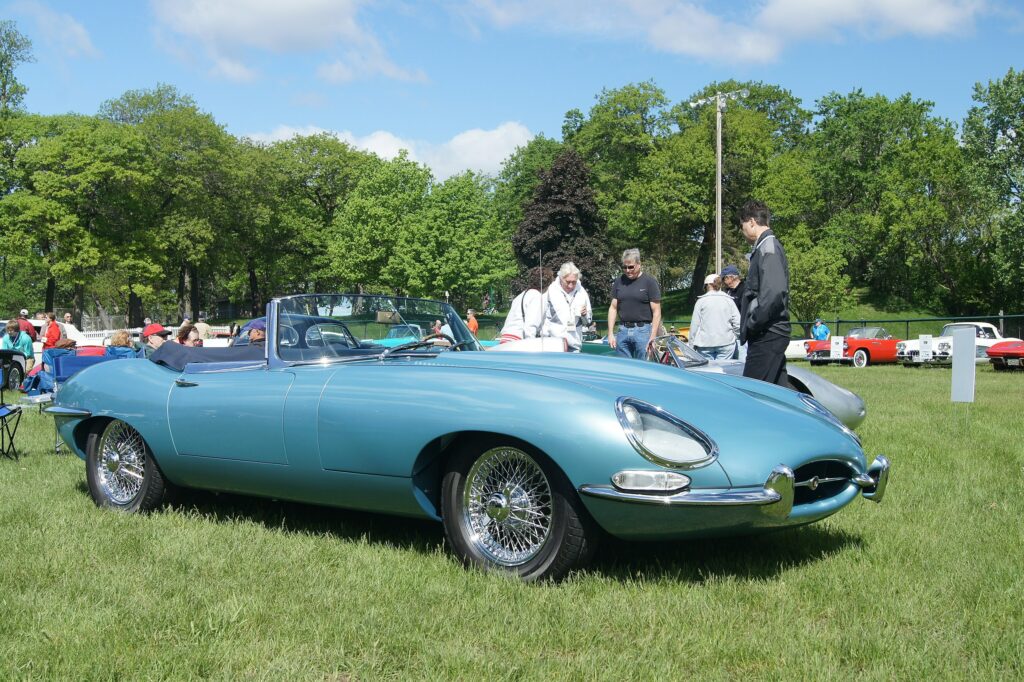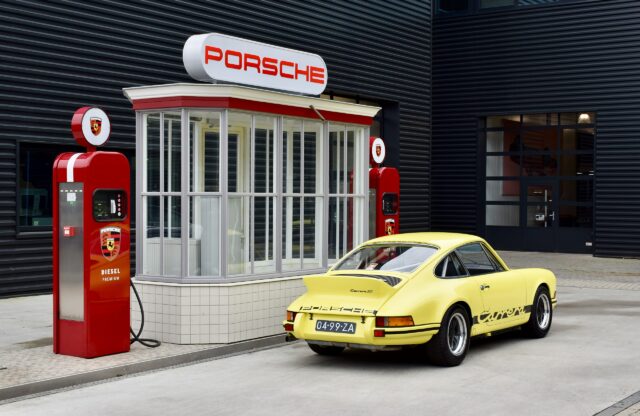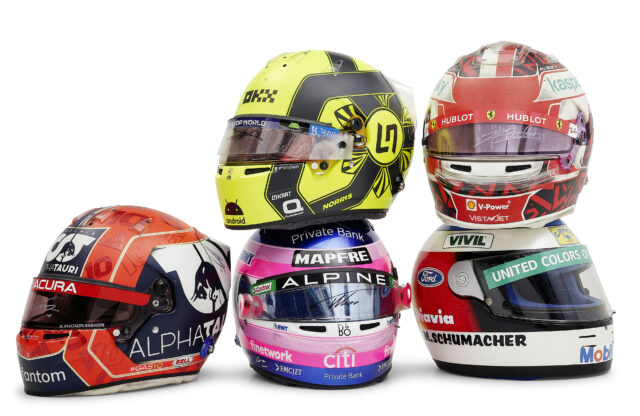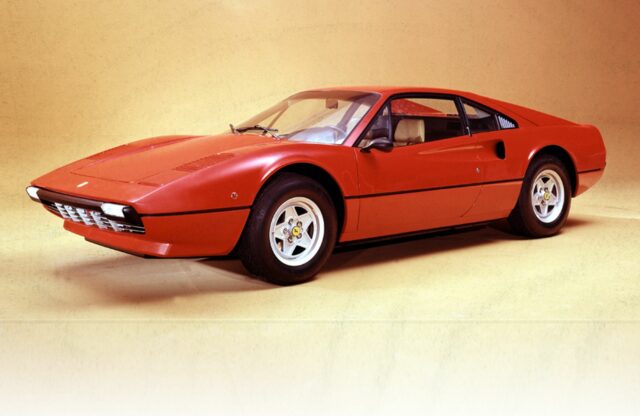In my Market Analysis piece in the most recent edition of Magneto, I wrote about the gap between the top and bottom values of $1million-plus cars that has grown by nine percent in the past year. Buyers of the most expensive cars, especially vehicles purchased at auction, prize the very best-presented machinery much more than they do those models’ tattier siblings. It makes sense; a superbly restored car will probably be ready to drive and enjoy, will look great and may hide fewer surprises for a new owner, than something with a lot of ‘age’ to it.
What’s interesting is that this is a common trend – and not only for those cars right at the top of the market. The UK Hagerty Price Guide tracks more than 2500 models, from sublime 1950s and 1960s Ferraris and Maseratis, through to the more mundane Cortinas and Cavaliers of the 1980s. Over the 13 years of the guide’s history, 2024 marks the biggest average gap between values, with our lowest ‘fair’ value now just 33 percent of the mean ‘concours’ price. Back in 2016, it was a very different story. Then, on average, people were happy to pay a shade under 40 percent of a very top car’s value for one that would only just pass an MoT.
So, what’s happened? 2016 was the year of the Brexit referendum, of historically low 0.25 percent interest rates, and of a sense that every example of special classic cars – from early E-types and Aston Martin DB5s all the way through to Land Rover SVR ‘Spectre’ Defenders – would continue to soar in price. Speculators saw an opportunity, and they started buying.

The market, and the world, have changed a huge amount since then. Covid, Brexit, wars in Ukraine and Gaza, and other domestic challenges, have pushed up the cost of living – not to mention sent inflation skywards and, with it, interest rates. A few people had their fingers burnt, and realised that ‘investing’ in classic cars wasn’t quite the cash cow they thought it might be. Buyers, thanks to titles such as Magneto, resources such as the Hagerty Price Guide and huge numbers of online groups, are much better informed than they once were.
This value gap between the best and the rest is, I believe, a Good Thing. It encourages investment through restoration, refurbishment and maintenance, and allows buyers to purchase at different price points. Plus, it makes us a more thoughtful market.




